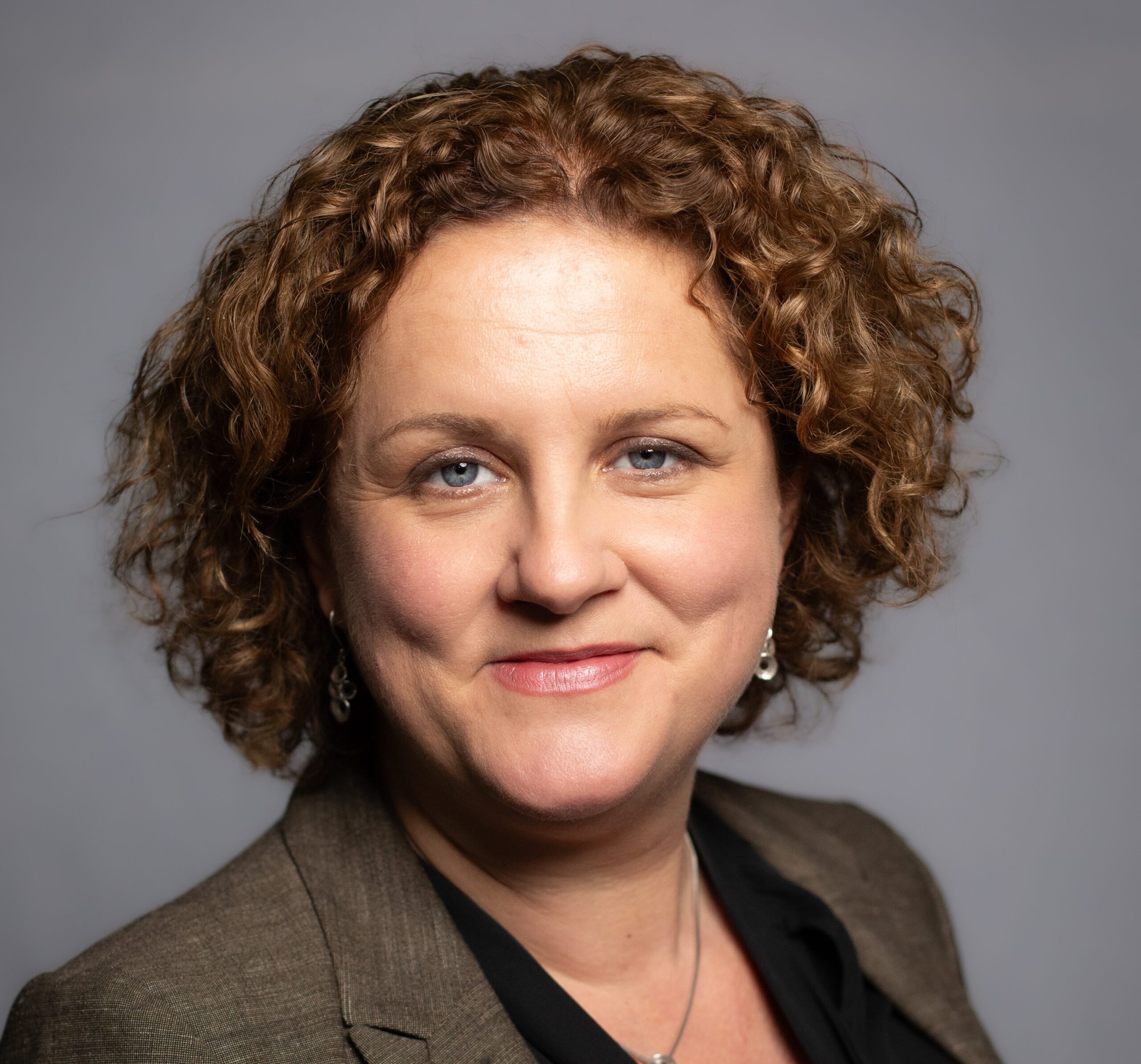- Published on
A Review of First Contact Customer Experience provided by North Yorkshire Police
Details
Four years after its launch, fewer than one in three people in England and Wales know to call the police using the 101 phone number for non-emergencies, according to a survey today from the Police and Crime Commissioner for North Yorkshire Julia Mulligan.
Though the study – thought to be the most in-depth to be carried out into use of the 101 non-emergency police number – shows that there were higher levels of awareness of the number in North Yorkshire.
The report was commissioned by Julia Mulligan in response to concerns that the 101 system was not working well and was deterring people from reporting crime.
The research included an online survey conducted among a sample of people from across England and Wales as well as a group specifically from North Yorkshire. It also included an in-depth telephone survey with North Yorkshire residents. As a result, the research provides both national and county-level insights.
Nationally, the report showed that:
- 62 per cent of people knew the police have an non-emergency number, and
- 37 per cent knew the number is 101, but only
- 30 per cent both knew the number and understood when it should be used.
The survey also indicates that nationally, as well as in North Yorkshire, the 101 number is confused with a range of other three digit numbers. For example, when asked for a police contact number other than the emergency 999 number, one in four people (25 per cent) both nationally and in North Yorkshire quoted 111 – the number of the NHS non-emergency helpline.
“The 101 number was introduced to help people report incidents to their local force easily and to reduce pressure on the 999 emergency line,” said Julia.
“So three years after its launch, it’s worrying that awareness of the number is so low. However, with the Home Office reviewing the service, these new insights couldn’t have come at a better time and will hopefully highlight the need to raise awareness of the number and understanding of when to use it.”
The research highlighted both positive and negative aspects of North Yorkshire’s own 101 service and showed:
- One in seven people (14 per cent) of people using 101 to report an incident or concern abandoned their call to the service – with callers typically waiting more than a minute for their call to be answered.
- At ten per cent, the rate of abandoned calls in North Yorkshire for callers who have waited more than a minute is twice as high as the police’s own national target of five per cent.
- Awareness of the 101 number was higher in North Yorkshire than it is nationally – with 45 per cent of residents knowing the force’s non-emergency number is 101 (compared to 37 per cent nationally) and 38 per cent of residents saying they know to dial 101 in a non-emergency situation (compared to 30 per cent nationally).
- 75 per cent of callers were either extremely satisfied or very satisfied with the call handler.
- The public wanted more feedback from the police after reporting an incident or passing on information.
Some 80 per cent of contact with North Yorkshire Police is via the 101 number – compared to 13 per cent via the 999 number, two per cent by people walking into a station, one per cent via email and four per centre by other means. The survey of North Yorkshire’s 101 service also showed:
- The public were happy to contact the police via other means e.g. website, text message, which will now be explored further
- 40 per cent found that their experience of getting through to someone was ‘better than expected’
- 88 per cent found the 101 telephone menu system was easy to use and navigate. Most felt that the four menu options were sufficient to meet their needs.
- Julia said:
“Members of the public often tell me about their frustrations with the 101 service. So I was very keen to understand the reasons for their concerns in detail.
“The report paints a mixed picture of the 101 service in North Yorkshire with people typically waiting longer than we would wish to get through. However, it’s clear that once their call is answered, callers are very satisfied with the service they get from the police.
“The fact that awareness of the 101 is so low both in North Yorkshire and nationally has to be a key cause for concern. It means that some crimes and anti-social behaviour won’t be reported and that valuable intelligence will be lost because people genuinely don’t know how to contact the police – other than via 999 or visiting a police station, for example.
“Another major worry is that one in seven people ringing the 101 abandon their call. Locally, that’s around 2,800 calls per month – most likely due to the time it takes for their call to be answered.
“Now that we have clear evidence of the issues, I am keen to do all I can to help the force improve the service they provide. The Government too needs to pay heed as it is currently considering the way forward for the national 101 contract.”
